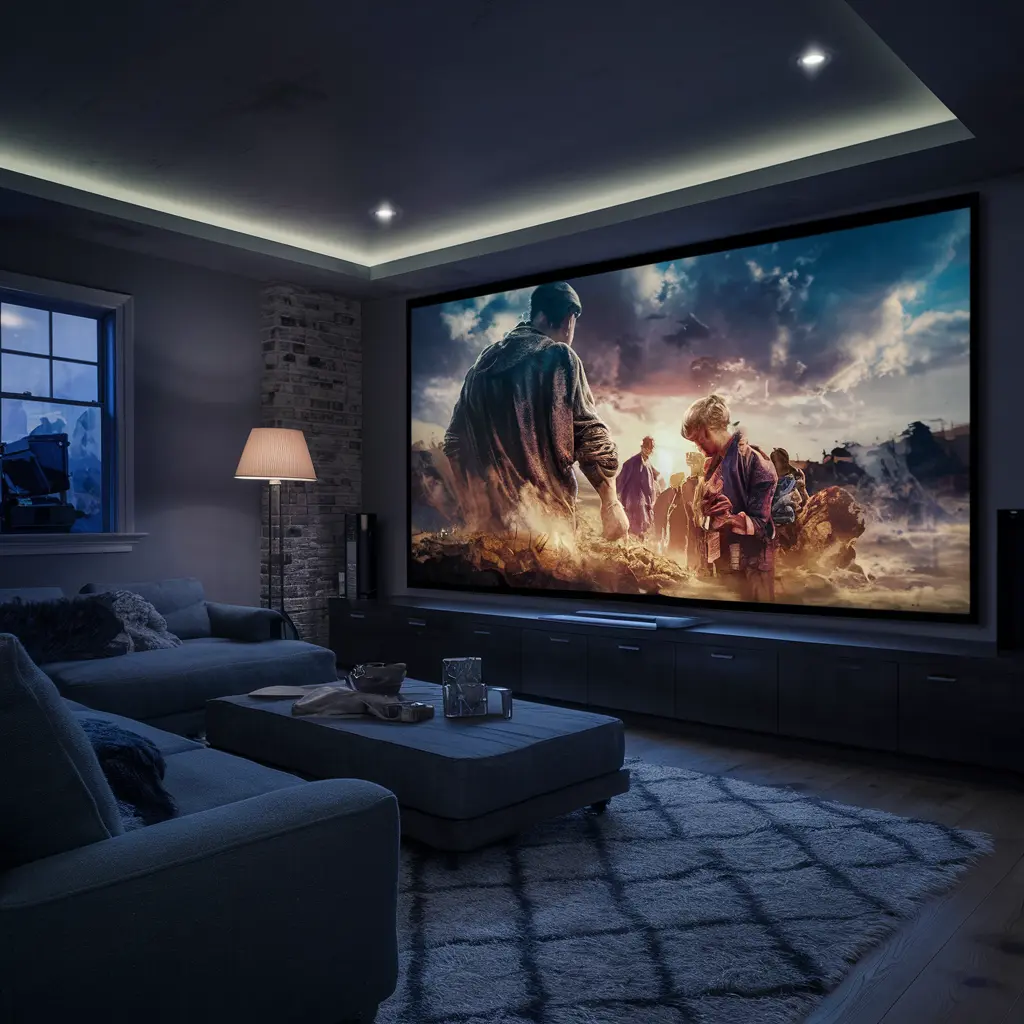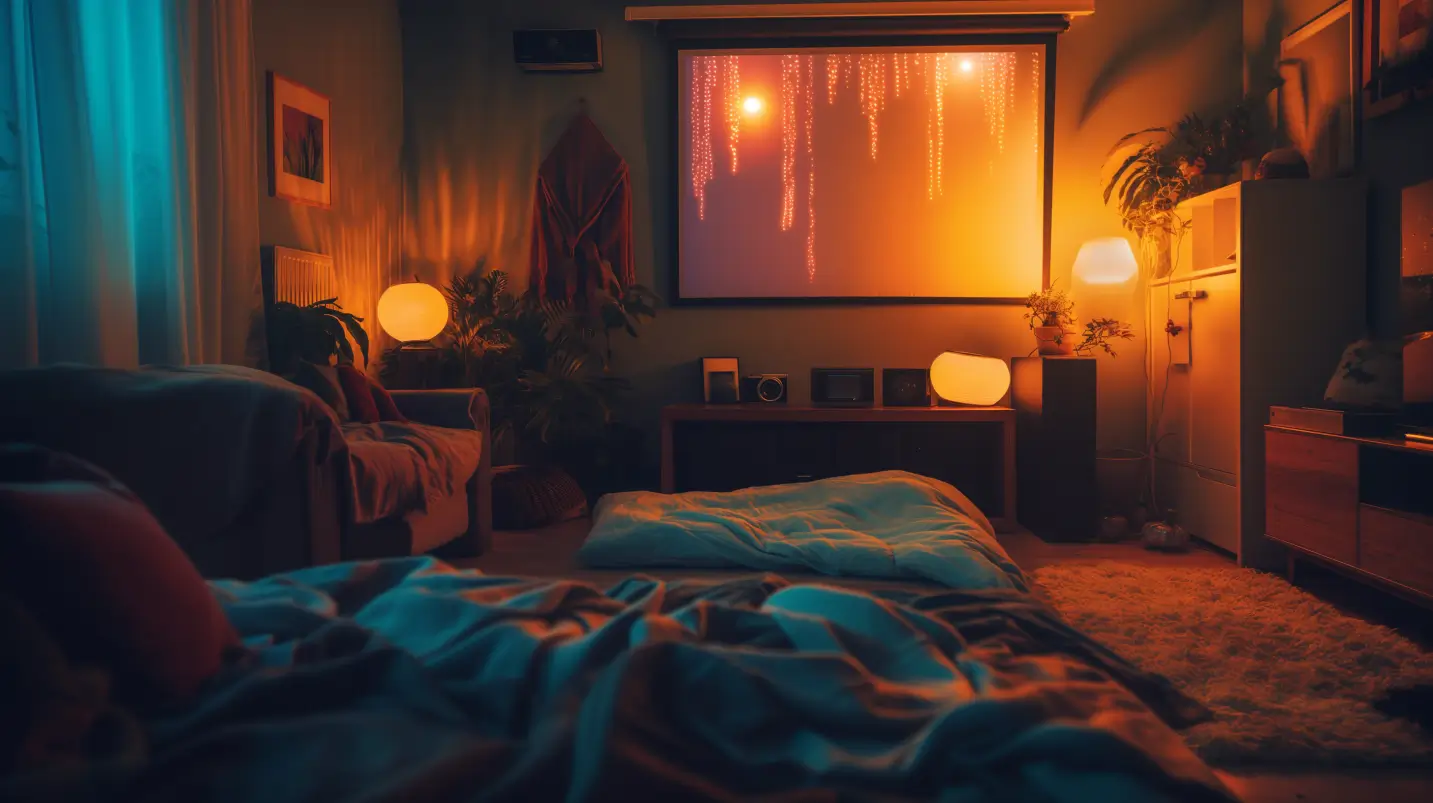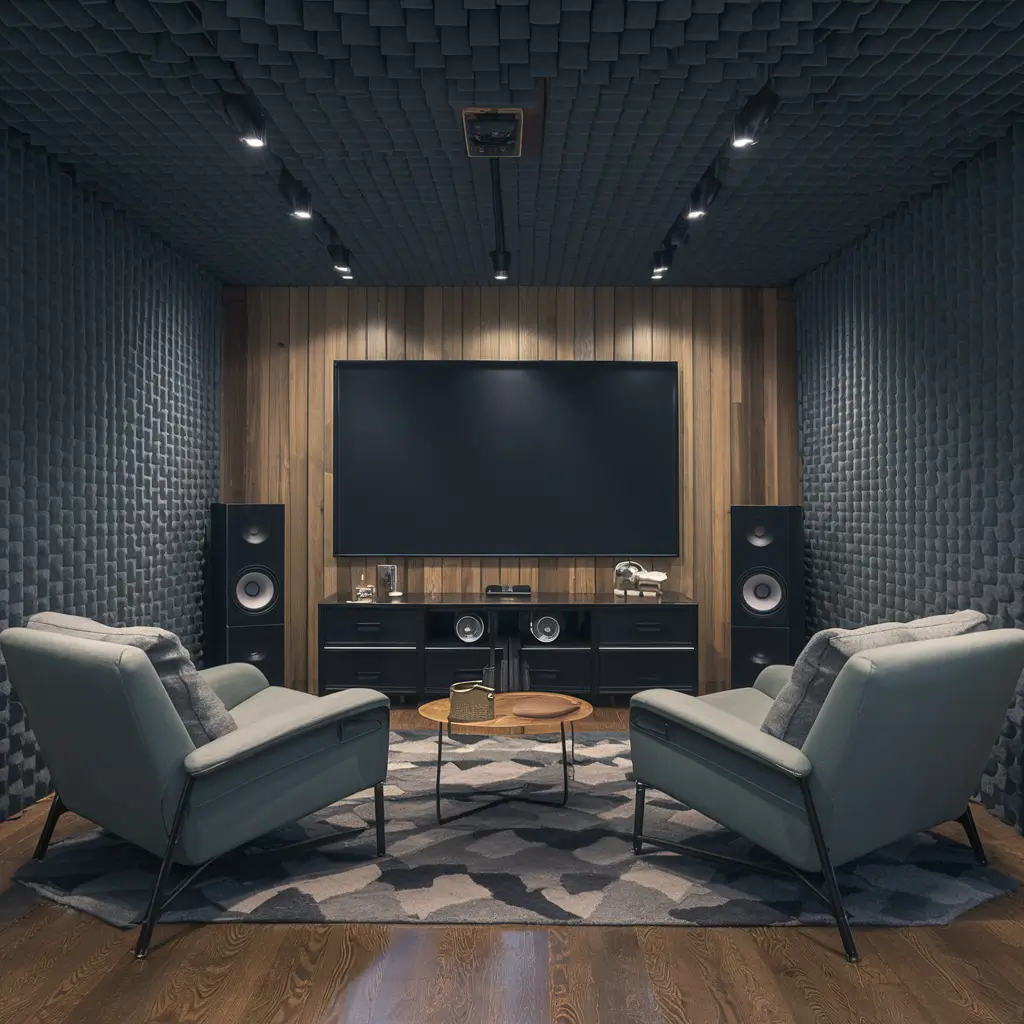Unlocking Clarity: A Deep Dive into ANSI Contrast and Light Performance
· Luke · gear insights · 7 min read

Tired of Murky Movies and Flat Images? The Secret Lies in ANSI Contrast.
Ever been squinting at your screen, trying to make out the details in a dark scene? Or frustrated by projector images that look washed out the moment the lights come up? Forget fancy buzzwords and inflated specs – the key to truly stunning visuals lies in ANSI contrast.
Understanding this concept is the difference between average and awe-inspiring viewing experiences.
Ready to see the light? Let’s dive in and unveil how ANSI contrast can revolutionize the way you view the world.
ANSI contrast is the most accurate way to measure a display’s ability to show both bright whites and deep blacks simultaneously. It’s crucial for image clarity and immersive viewing.
Quick Takeaways
- ANSI contrast is the real deal when it comes to judging a display’s image quality.
- Higher ANSI contrast = clearer details, especially in scenes with both light and dark elements.
- Forget about inflated contrast ratios – ANSI tells you how a display performs in the real world.
The Yin and Yang of Visuals: Why Contrast Matters
Imagine trying to read a book with gray text printed on light gray paper. Sure, you might technically make out the words, but it’s a frustratingly dull experience. That’s life without contrast, folks.
In the world of displays, contrast is the difference between the brightest whites and the darkest blacks that a screen can produce. It’s what gives images depth, dimension, and that oh-so-satisfying “pop”.
Without contrast, everything looks flat, muddy, and just plain boring.
Why Fuss About Measurement?
You might be thinking, “Okay, contrast is important, got it. But why all the different ways of measuring it?” Well, it’s like trying to figure out how tall someone is – you could use feet, meters, or the length of particularly long sandwiches.
Different units give different perspectives.
Display manufacturers love throwing around fancy terms like “dynamic contrast ratio,” which often sounds impressive but can be misleading.
That’s where ANSI contrast comes in – it’s the no-nonsense yardstick that cuts through the marketing fluff.
Think of It This Way…
Imagine those “before and after” fitness photos. The “before” pic is usually taken in dim lighting, hunched posture, the works. That’s like those inflated contrast ratios. ANSI contrast is the “after” shot – honest, realistic, showing the true picture under normal circumstances.
Decoding the ANSI Advantage
Okay, let’s get a little technical for a moment (don’t worry, I’ll keep it painless).
ANSI contrast isn’t just about measuring the brightest white and darkest black a display can produce separately. It’s about measuring them together.
Picture a checkerboard pattern with white and black squares. ANSI contrast measures the brightness of the white squares against the black. This sounds simple, but it’s a game-changer because it reflects how we actually see images in the real world – with both lights and darks side-by-side.
Why Other Methods Fall Short
Those other contrast measurements? They often involve tricks like showing a fully white screen, then a fully black screen – not exactly how movies or photos work, right? It’s like bragging about bench-pressing 200 pounds when you only lift one weight at a time.
The Everyday Difference
With a high ANSI contrast display, dark movie scenes won’t just be a murky blob – you’ll see details in the shadows. Photos will have more depth and vibrancy. Presentations won’t lose their impact the moment the overhead lights come on.
Mythbusting Moment
A display with a 5000:1 contrast ratio doesn’t mean it’s five times better than one with a 1000:1 ratio. This is where those shady measurement tricks come in. ANSI contrast gives you the apples-to-apples comparison.
Scenario 1: The Home Cinema Connoisseur
You’re planning that epic movie room. A higher ANSI contrast projector will give you those inky blacks and vibrant colors for a true cinematic experience, even with a little ambient light. Those “best for dark rooms” budget models? Their ANSI contrast is probably lower, meaning a disappointing, washed-out picture the moment the popcorn comes out.
Scenario 2: The Design Pro
Your client is all about color accuracy. A high ANSI contrast monitor means those subtle shade variations in your designs won’t disappear. It’s the difference between a presentation that wows and one that falls flat.
Beyond the Obvious
ANSI contrast isn’t just about big-budget setups. Even smartphone screens benefit. Remember staring at your phone under bright sunlight, struggling to see anything? A higher ANSI contrast helps combat that, making your outdoor viewing experience less frustrating.
The Battle of Light: When Good Displays Go Dim
Even the most impressive ANSI contrast display has an Achilles heel: ambient light. That beautiful, high-contrast image you see in the dimly lit showroom? It won’t look the same in your living room bathed in sunlight.
But it’s not a lost cause! Let’s talk about fighting back against pesky light.
Room for Improvement
First step: control the light you can. A dark room is always best for critical viewing. But let’s be real, sometimes that’s not practical. That’s where display technology comes in.
Screen Science to the Rescue
Look for displays with special coatings that minimize reflections and glare, preserving those precious contrast levels. Some high-end projectors have features like dynamic iris control, adjusting on the fly to maintain contrast in brighter environments.
The Next Frontier
Think sci-fi for a moment: Imagine a display that adjusts its brightness zone-by-zone to counter ambient light. It’s the future. We’re not quite there yet, but advancements in technologies like microLED promise even more precise control over light and contrast.
ANSI Contrast: Your Secret Weapon for Visual Bliss
By now, you’re an ANSI contrast convert (welcome to the club!). Let’s put that knowledge to work and transform your viewing experience.
Tips for the Everyday Viewer
- Do Your Research: Before you buy, dig past the marketing fluff. Look for displays that specifically mention ANSI contrast. Reviews and online forums that include real-world measurements are your friends.
- Placement Matters: Even a great display can be hampered by bad placement. Minimize glare from windows and light fixtures for the most impressive picture.
- Adjust Settings: Most displays have different picture modes. Experiment to find the one that balances brightness and contrast best for your environment (don’t just blindly trust “cinema” mode).
Power User Provisions
- Professional Calibration: For critical work like photo editing or color grading, consider having your display professionally calibrated. This fine-tunes the image, maximizing the potential of its ANSI contrast.
- Dedicated Viewing Spaces: If possible, a dedicated cinema room or studio space with controlled lighting gives you the ultimate platform to experience the full power of high ANSI contrast.
The Future Looks Bright (And Perfectly Contrasted!)
ANSI contrast isn’t just about today’s screens – it’s a guiding principle for the mind-blowing visuals to come. Let’s peek over the horizon:
MicroLED Magic
MicroLED is the next big thing. These itty-bitty LEDs act as individual pixels, giving insane control over brightness and darkness. Expect unparalleled ANSI contrast levels.
Holographic Hype?
True holographic displays are still in the “wouldn’t that be cool” stage. But if they pan out, guess what will be crucial for realistic images that pop out of thin air? You guessed it – ANSI contrast.
Smarter Screens
Imagine displays that sense ambient light and dynamically adjust not just brightness, but individual zones within the image for optimal contrast at all times. It’s closer than you think.
Beyond the Living Room
High ANSI contrast will revolutionize things like outdoor digital signage that needs to be readable in glaring sunlight, or medical displays where accurately seeing subtle details is crucial.
The Big Takeaway: ANSI Contrast Elevates the Everyday
Forget mind-numbing specs battles. Understanding ANSI contrast empowers you to demand – and actually get – displays that deliver a truly superior viewing experience in the real world. From bingeing the latest series to giving critical presentations, your eyes will thank you.
So, the next time you’re looking to upgrade your visual setup? Make ANSI contrast your top priority. The future of visual technology is bright, and those with an eye for contrast will see it most clearly.


